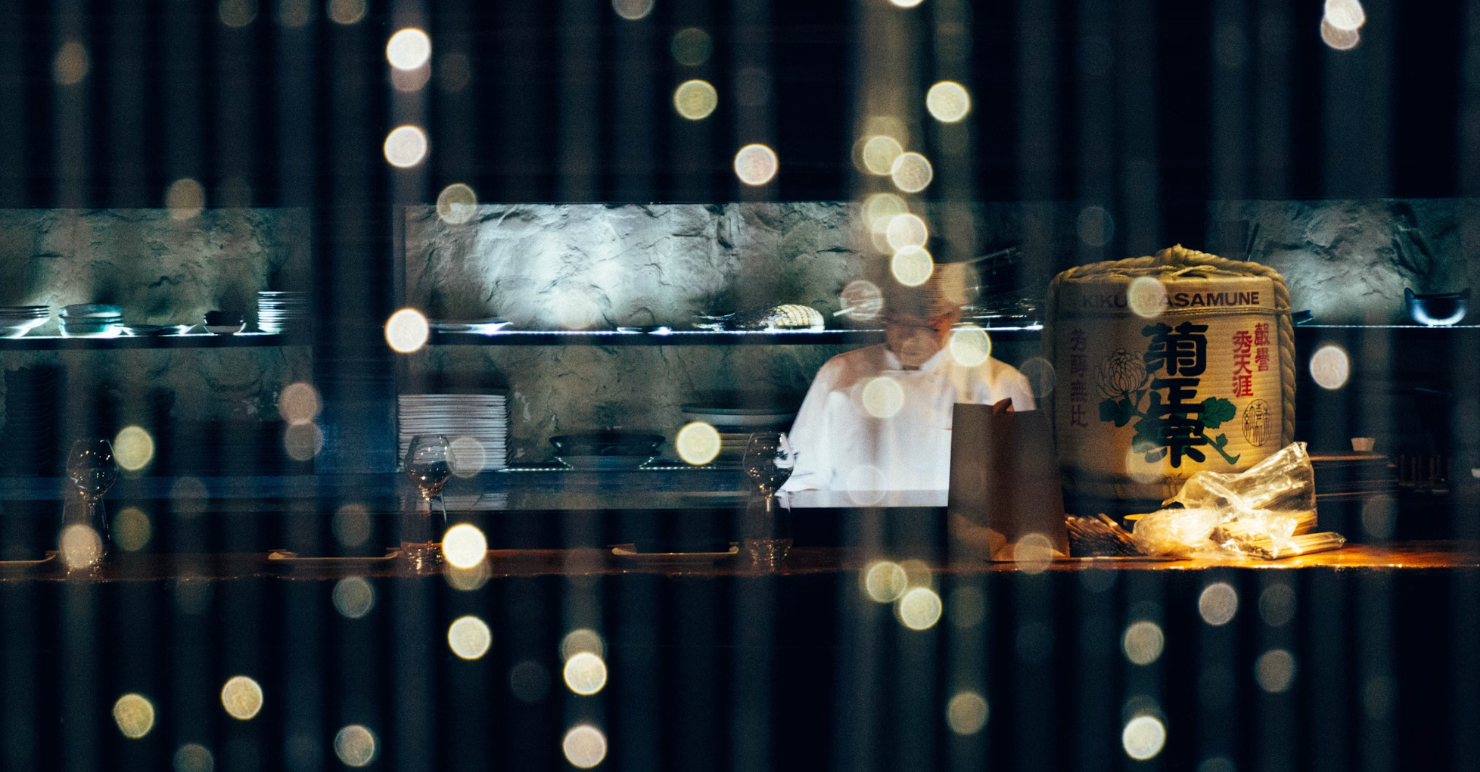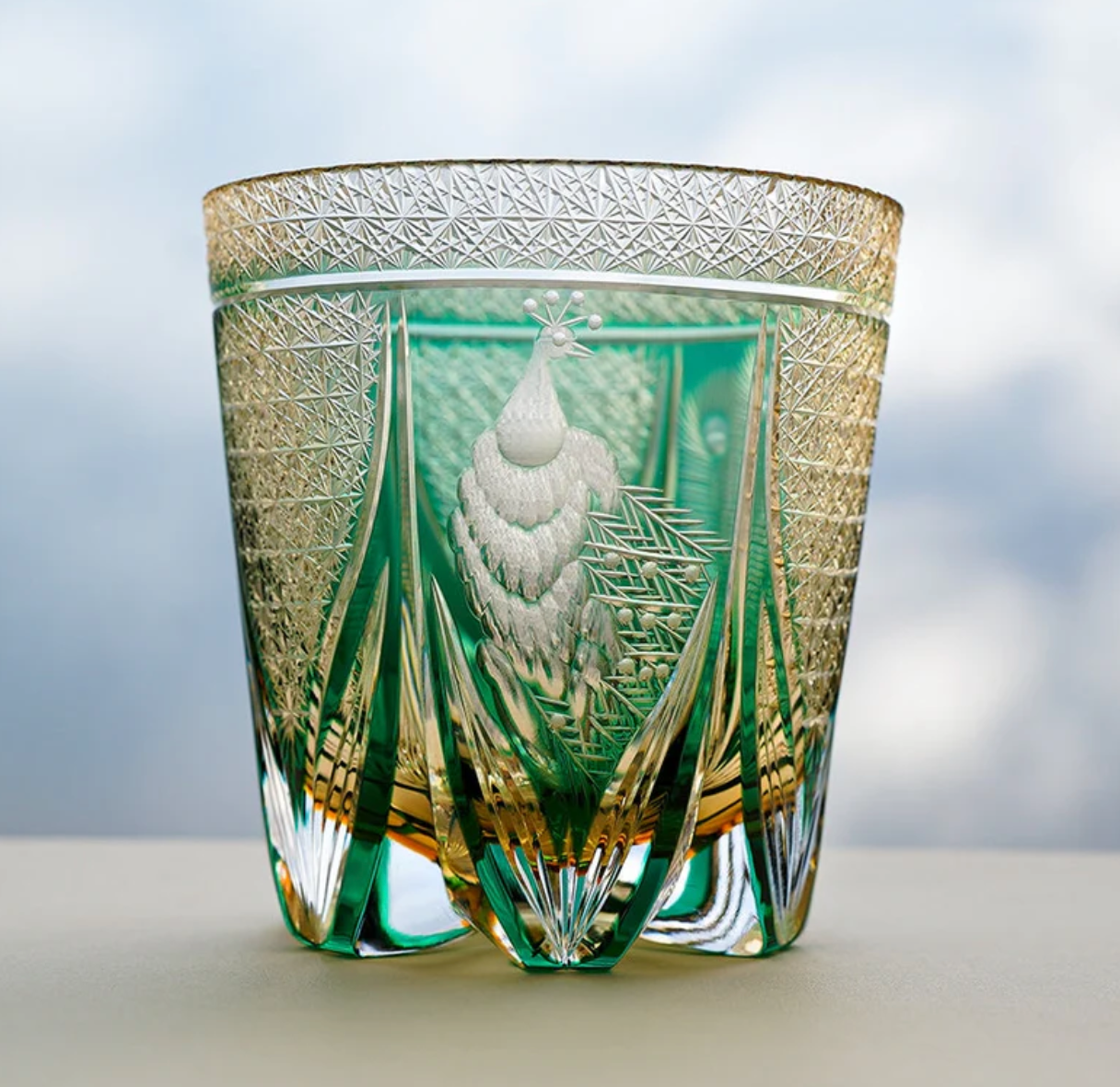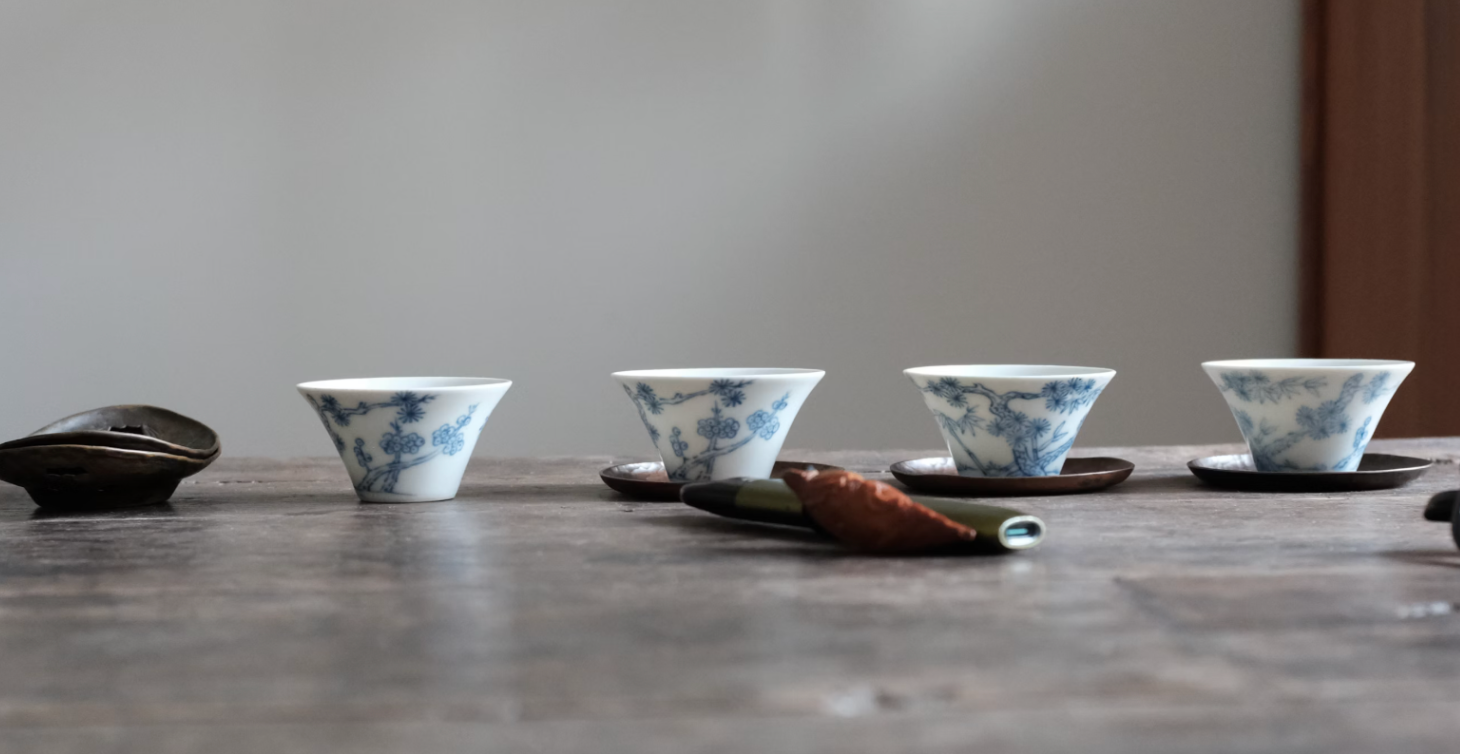
The Aesthetics of Enjoyment: The Cultural Significance of Japanese Sake Ware
Beyond the exquisite flavor of the brew, the sake ritual in Japan is a profound engagement with aesthetics, philosophy, and centuries of cultural heritage. Each piece of Japanese sake ware—from the elegant Tokkuri to the intimate sake cup—is not merely a functional vessel but a miniature work of art, steeped in meaning and reflecting the very soul of Japanese sensibility. At Oriental Artisan, we invite you to explore this deeper connection, understanding how these meticulously crafted objects enrich your appreciation for sake and embody a unique cultural narrative.
Sake Ware as a Reflection of Japanese Aesthetics
The design and creation of Japanese sake ware are deeply influenced by core aesthetic principles that define Japanese art and life:
- Wabi-Sabi (侘寂): The Beauty of Imperfection: Many sake cups and Tokkuri embody Wabi-Sabi, celebrating natural textures, subtle irregularities, and the marks of the artisan's hand. An unglazed Bizen guinomi with its fire marks or a Shigaraki sake cup with its earthy texture and organic form are perfect examples, inviting quiet contemplation and an appreciation for transient beauty. This philosophy encourages finding beauty in the authentic, the aged, and the imperfect.
- Ma (間): The Art of Negative Space: Japanese aesthetics often emphasize the importance of the space between objects and elements. A beautifully arranged sake set with its elegant Tokkuri and complementary sake cups thoughtfully placed on a minimal surface exemplifies Ma, allowing each piece to breathe and contribute to a sense of serene balance.
- Shun (旬): Seasonal Appreciation: Just as sake breweries release seasonal brews, sake ware often reflects the changing seasons. Cups may feature subtle motifs of cherry blossoms for spring, cool blue glazes for summer, rich autumnal colors, or understated designs for winter. This connection to nature's cycles enhances the mindful enjoyment of the moment.
- Kanso (簡素): Simplicity and Understated Elegance: While some pieces are richly decorated, a prevailing aesthetic in sake ware is one of elegant simplicity. Natural materials, refined forms, and subtle glazes often speak louder than overt ornamentation, embodying a quiet sophistication that aligns with modern luxury.
The Role of Sake Ware in Ritual and Social Connection
Japanese sake ware is inherently linked to social rituals and deep-seated cultural practices:
- The Influence of Chanoyu (Tea Ceremony): The meditative, aesthetic, and social principles of the Japanese tea ceremony profoundly influenced sake culture. Like tea bowls, sake cups became objects of profound appreciation, often being turned in the hand to admire their form and surface before sipping.
- Communal Sharing and Hospitality (Omotenashi): The act of serving sake from a communal Tokkuri and refilling another's cup is a core aspect of Japanese hospitality. The careful selection and presentation of sake ware are acts of Omotenashi—selfless service and thoughtful consideration for guests, creating a welcoming and respected atmosphere.
- Formal Ceremonies and Toasts: The use of the shallow Sakazuki in weddings, New Year celebrations, and other auspicious occasions elevates sake drinking to a sacred ritual. These ceremonial sake cups are often exquisitely adorned with auspicious symbols, symbolizing purity, vows, and shared fortune.
- The Importance of the Hashioki: Though for chopsticks, the hashioki (chopstick rest) mirrors the meticulous attention to detail seen in sake ware, ensuring that even utilitarian items contribute to the table's overall harmony and proper etiquette.
Craftsmanship as Cultural Expression
Every piece of Japanese sake ware tells a story of dedicated craftsmanship and regional heritage:
- Master Artisans (Takumi): The creation of authentic sake ware is often the work of master potters who have inherited skills across generations. Their deep knowledge of clay, glaze chemistry, and firing techniques allows them to coax incredible beauty from simple materials.
- Regional Kilns: Japan's diverse ceramic traditions, from the Six Ancient Kilns (like Seto, Bizen, Shigaraki, Tamba) to other celebrated regions like Arita, Kutani, and Hagi, each contribute unique styles of sake ware. The characteristics of the local clay, the specific firing methods, and historical patronage all shape the distinct aesthetic of each kiln's sake cups and Tokkuri.
- The Beauty of the "Happy Accident": In many traditional kilns, particularly those using wood firing, the exact effects of the flame and ash on the ceramic are unpredictable. The resulting variations—like the goma (sesame) marks on Bizen ware or the subtle crackle on Celadon-glazed pieces—are cherished as unique expressions of the firing process, embodying the Wabi-Sabi appreciation for natural spontaneity.
Sake Ware in the Modern Home: A Timeless Investment
For collectors and those who appreciate refined living, Japanese sake ware offers a profound connection to a rich cultural lineage. Integrating these pieces into a contemporary home is a statement of sophisticated taste, an investment in unique artisan craftsmanship, and an invitation to cultivate mindful moments in everyday life. Whether showcasing a rare guinomi as a piece of art or enjoying a shared pour from a beautifully matched sake set, these objects bring history, aesthetic pleasure, and cultural depth to your personal space.
At Oriental Artisan, we are deeply committed to sourcing authentic Japanese sake ware that embodies this rich cultural significance and unparalleled artistry. Our collection is a tribute to the master craftsmen who continue to create these exquisite objects, inviting you to discover pieces that resonate with history, beauty, and soul.
Immerse yourself in the cultural artistry of Japanese sake ware. Explore Oriental Artisan's curated collection and find the perfect pieces to deepen your appreciation for sake and Japanese aesthetics.




Leave a comment
This site is protected by hCaptcha and the hCaptcha Privacy Policy and Terms of Service apply.